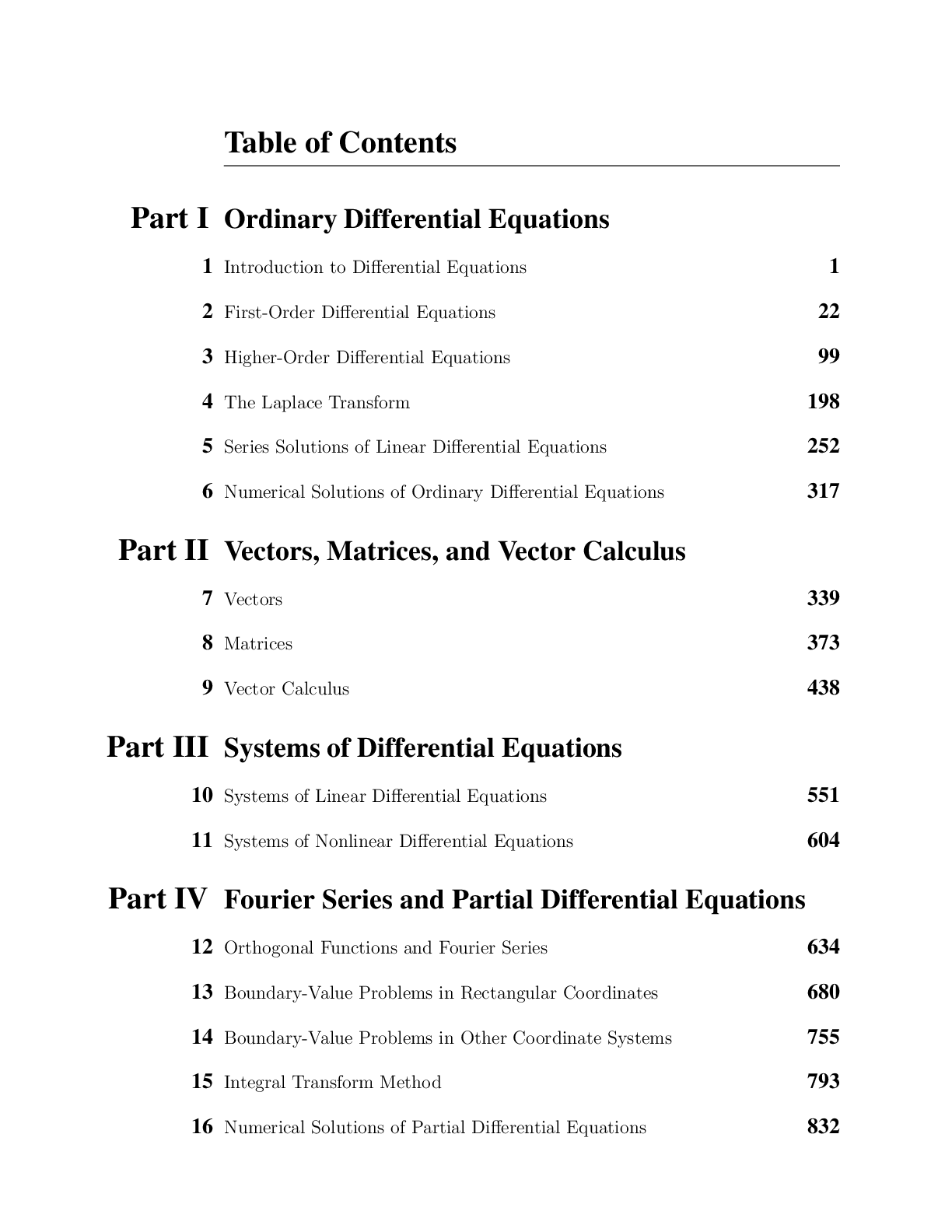Introduction to Differential Equations
Course
Subject
Chemistry
Category
Text Book Notes
Pages
944
Uploaded By
ATIPROS
Preview 1 out of 944 Pages

Download all 944 pages for $ 18.50
Reviews (0)
$18.50
